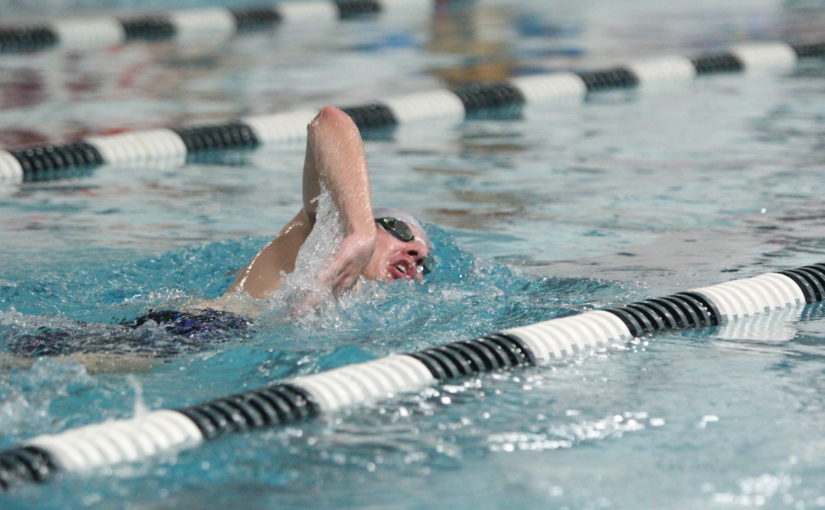Dec 9, 2020Wading Through Dryland Workouts for College Swimmers
Swimmers, whether at the collegiate or high school level, simply cannot train 100 percent of the time in the pool.
Out-of-pool training, or dryland workouts, is an essential part of the strength and conditioning program for swimmers. But finding the right program to supplement your in-pool training can be tricky. Chris Ritter, of SURGE Strength Dryland Training, offered some tips to SwimSwam.com on finding the right dryland program for collegiate swimmers

Below is an excerpt from that article.
College programs Coaching dryland workouts for college swimmers can have many different variables to navigate. Even though swimmers may have very similar race times, their dryland experience varies greatly vary in the number of resources and staff allotted to each. Situations may and do vary. But oftentimes, swim coaches have access to strength & conditioning coaches for their program. It’s important to get that relationship working well. Being able to communicate about strength & conditioning principles as it relates specifically for dryland workouts for swimmers will help develop rapport.
- Relate to Your Strength Staff
The best way to get the most benefit out of their expertise is to explain your swim plan in terms they understand. Check-in with them often. Strength coaches are usually eager to share their craft. They enjoy taking coaches through their reasoning.
- Boundaries with Your Strength Staff
Next, establish expectations and boundaries with your strength and conditioning coaches. Listen to their big-picture approach and trust their process. At the same time, establish which exercises swimmers will be performing in the weight room, and which exercises they can do with you.
» ALSO SEE: NSCA Announces 2021 Coach of the Year Awards
- Know Your Athletes
Each swimmer at the collegiate level brings an athletic background or lack thereof with them to college. Some swimmers have been doing dryland since they can remember. Others may have never touched a weight. Consider their training age when building a dryland plan. Communicate your athletes’ history to your strength and conditioning staff. Remember that you are their first advocates, as you likely spend more time with your athletes than the strength and conditioning staff.
- Understand Your Program
Keep your program as simple as possible to offset some of this stress. Give them a structure to depend on when other aspects of their lives are changing so drastically. You will get a better effort from your athletes. A simple program also allows you to scale it better for individual training ages within your team.
- Coach Smart, Not Harder
Investing time into dryland education in the off-season will also serve you and your staff when it’s time to focus on recruiting and coaching swim practice. Most of all, having a game plan laid out ahead of time will exponentially increase its success.
- Build Buy-In
More importantly, you will find differing levels of individual commitment within your team. Some students may want to qualify for NCAA’s. Others may just want to enjoy competing at dual meets. To manage this, build buy-in with your athletes. Dryland is a great opportunity to bond as a team and make memories together. Get creative and use this time to build cohesiveness and commitment within your team.
To read the full article from Chris Ritter on implementing dryland workouts for your collegiate swimmers, click here.


